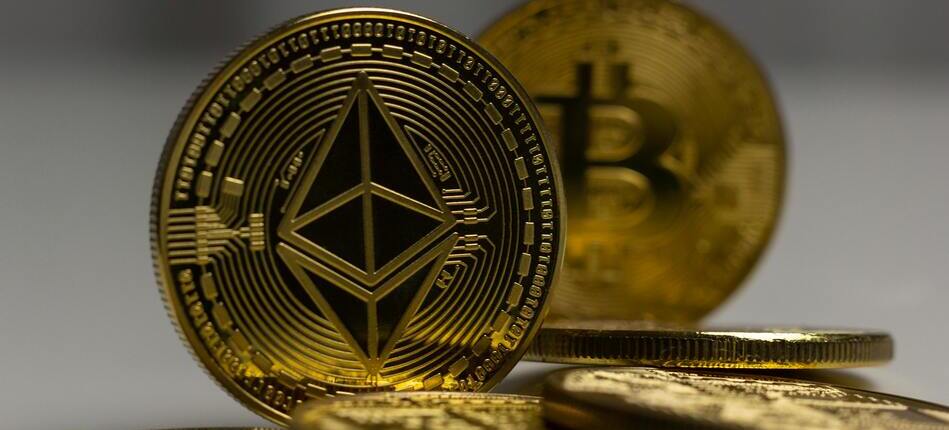A recent report highlighting that the Ethereum blockchain holds approximately $165 billion in stablecoins has rightly captured the market’s attention. This staggering figure, often referred to as “digital dollars”, underscores a significant shift: Ethereum is evolving beyond a smart-contract platform into a foundational layer for the digital economy.
This concentration of value isn’t happening in a vacuum. It reflects a period of growing institutional confidence, with public companies actively building Ethereum treasuries. Their combined holdings are planned to grow from $7.6 billion to a target of $30.4 billion, a 300% jump that signals strong belief in ETH as a core corporate reserve asset alongside Bitcoin.
More Than a Number: Ethereum’s Role as Digital Infrastucture
The $165 billion in stablecoins on Ethereum is more than just a large number; it represents the network’s critical role as the backbone for a new financial system. Stablecoins are increasingly used for settlement, as collateral in decentralized finance (DeFi), and as regulated instruments for institutional transactions.
This has led analysts to frame Ethereum as “digital oil” – a productive, yield-bearing commodity that powers the on-chain economy. In this analogy, ETH is the fuel that secures the network and facilitates every transaction, while stablecoins are the efficient energy that powers applications. Major financial institutions like Fidelity have begun to treat Ethereum as a sovereign digital economy, where ETH acts as the base money coordinating a vast ecosystem of participants and services.
A Clarifying Comparison: Private Collateral vs. Sovereign Reserves
While the comparison to national foreign-exchange reserves is a powerful illustration of scale, it’s crucial to understand the distinction. The $165 billion in stablecoins represents private collateral held by issuers to back specific tokens in circulation.
In contrast, the foreign-exchange reserves of a nation like Singapore, managed by its central bank, are a macroeconomic tool used for monetary policy, ensuring currency stability, and managing international payments. The nature, purpose, and governance of these two pools of value are fundamentally different. This distinction highlights the need for and movement toward greater transparency, regular attestations, and clear regulatory frameworks for stablecoin issuers.

The Institutional Vote of Confidence
The growth of stablecoins on Ethereum coincides with a notable wave of institutional adoption. Companies are not just using the network for transactions; they are making significant investments in ETH itself.
Firms like BitMine Immersion have accumulated over 833,000 ETH (worth approximately $2.9 billion) with the ambitious goal of eventually owning 5% of all circulating Ethereum. Other public companies, including SharpLink Gaming and BTCS Inc., have also made multi-million dollar allocations to ETH, often leveraging staking to generate a yield on their holdings. This trend mirrors the early corporate adoption of Bitcoin and signals a maturing perception of Ethereum as a valuable treasury asset.
The $165 billion figure is a clear signal of Ethereum’s established utility. For investors and builders, the focus is now on how this deep liquidity, combined with growing institutional investment, will continue to drive innovation in decentralized finance and the broader tokenization of assets.


